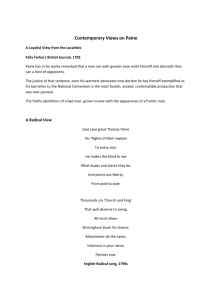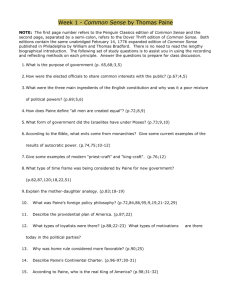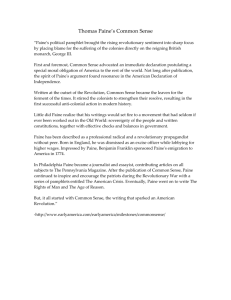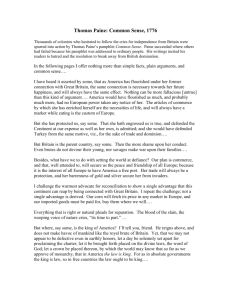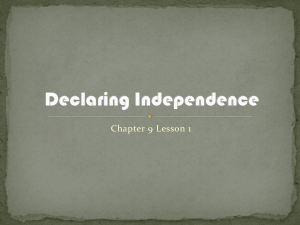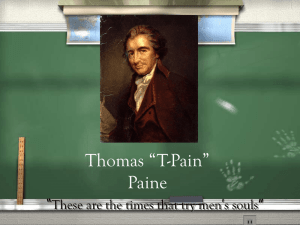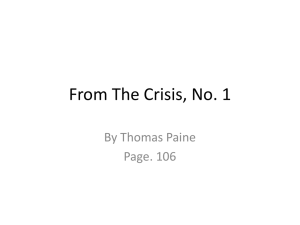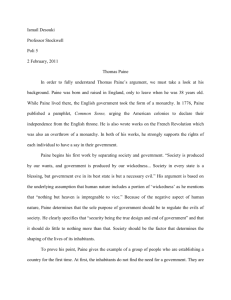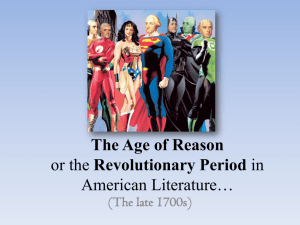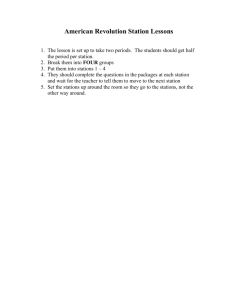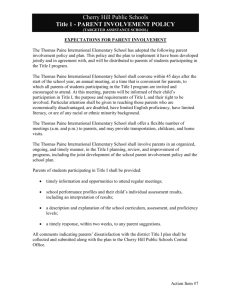Predation discussion papers:
advertisement
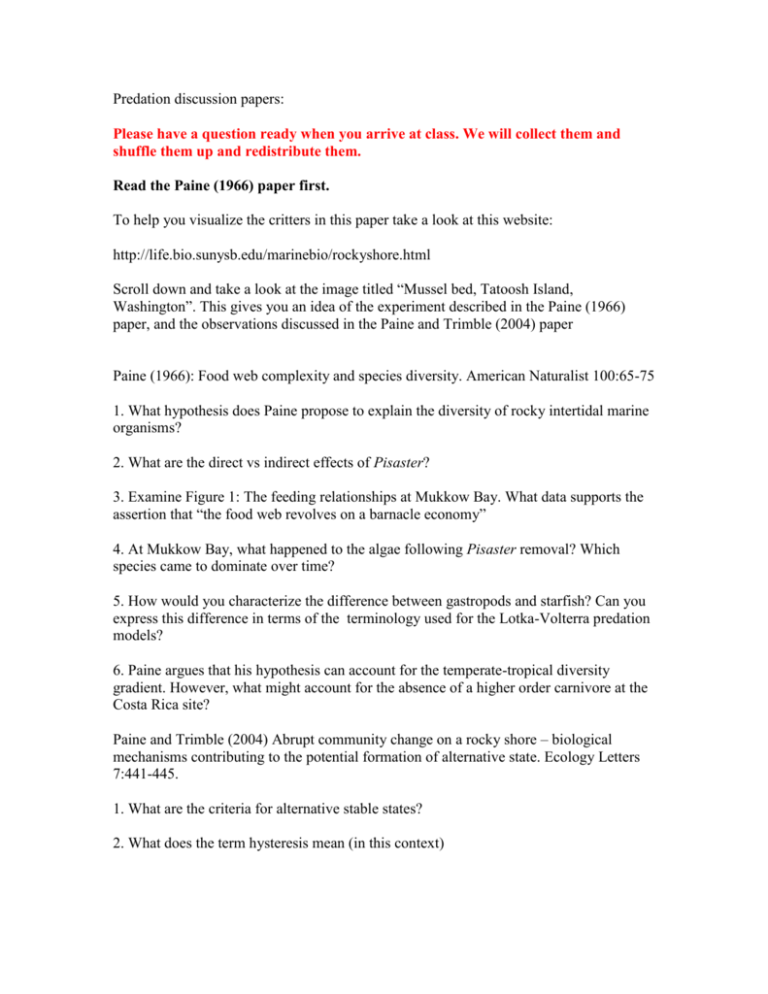
Predation discussion papers: Please have a question ready when you arrive at class. We will collect them and shuffle them up and redistribute them. Read the Paine (1966) paper first. To help you visualize the critters in this paper take a look at this website: http://life.bio.sunysb.edu/marinebio/rockyshore.html Scroll down and take a look at the image titled “Mussel bed, Tatoosh Island, Washington”. This gives you an idea of the experiment described in the Paine (1966) paper, and the observations discussed in the Paine and Trimble (2004) paper Paine (1966): Food web complexity and species diversity. American Naturalist 100:65-75 1. What hypothesis does Paine propose to explain the diversity of rocky intertidal marine organisms? 2. What are the direct vs indirect effects of Pisaster? 3. Examine Figure 1: The feeding relationships at Mukkow Bay. What data supports the assertion that “the food web revolves on a barnacle economy” 4. At Mukkow Bay, what happened to the algae following Pisaster removal? Which species came to dominate over time? 5. How would you characterize the difference between gastropods and starfish? Can you express this difference in terms of the terminology used for the Lotka-Volterra predation models? 6. Paine argues that his hypothesis can account for the temperate-tropical diversity gradient. However, what might account for the absence of a higher order carnivore at the Costa Rica site? Paine and Trimble (2004) Abrupt community change on a rocky shore – biological mechanisms contributing to the potential formation of alternative state. Ecology Letters 7:441-445. 1. What are the criteria for alternative stable states? 2. What does the term hysteresis mean (in this context) 3.What happened to Hedophyllum alga on the reef at Tatoosh Island in 1997? Did Hedophyllum fully recover by 2004? 4. What three conditions do Paine and Trimble argue are necessary for Hedophyllum dominated reefs to switch to Mytilus dominated ones? 5. How are data from the 1963-1968 Pisaster removal experiment used to support the argument that an (ie long lasting) alternate state can be achieved? 6. Do the authors consider the communities that they describe to be stable states? 7. What other example of a human-induced alternative stable states do they offer?

